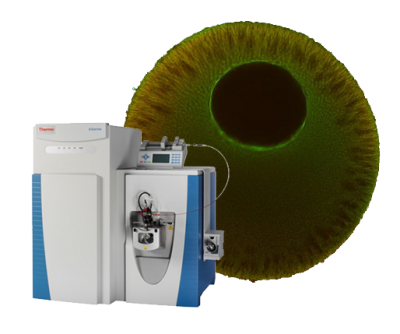Spatial Organization of Large Cells
Type
The rationale for my research was to investigate unusually large cells, fertilized frog and fish eggs, to obtain a unique perspective on a cell’s spatial organization with a focus on cell division.
First, we investigated how spindle size changes during cleavage stages while cell size changes by orders of magnitude. To do so we improved techniques for immunofluorescence in amphibian embryos and generated a transgenic fish line with fluorescently labeled microtubules. We show that in smaller cells spindle length scales with cell length, but in very large cells spindle
length approaches an upper limit and seems uncoupled from cell size. Furthermore, we were able to assemble mitotic spindles in embryonic extract that had similar size as in vivo spindles. This indicates that spindle size is set by a mechanism that is intrinsic to the spindle and not downstream of cell size.
Second we investigated how relatively small spindles in large cells are positioned, and oriented for symmetric cell division. We show that the localization and orientation of these spindles are determined by location and orientation of sister centrosomes set by the anaphase-telophase aster of the previous cycle.
Third we researched the mechanism by which asters center and align centrosomes relative to the longest axis. With a novel light-activated drug we could asymmetrically perturb asters. The asters moved away from the site of perturbation indicating that asters are positioned with pulling and not pushing forces. We show that the pulling forces are dynein dependent and act before astral microtubules contact the cortex they are moving toward, so dynein must pull on bulk cytoplasm, not the cell cortex as usually proposed. The cortex acts to limit microtubule length, which indirectly controls the strength of dyneindependent pulling forces, and thus centers the aster in the cell. Where two sister asters overlap a microtubules sparse region we call “exclusion zone” emerges.
This zone limits microtubule length, and thus promotes outward movement of sister asters
We present a model in which dynein pulling on bulk cytoplasm, operating in conjunction with microtubule-length limiting mechanisms, centers nascent spindles, and orient them along the long axis of the cell. This model explains cleavage plane geometry in early vertebrate embryos, and may apply more generally.

